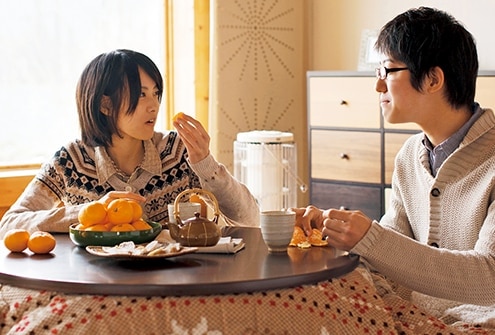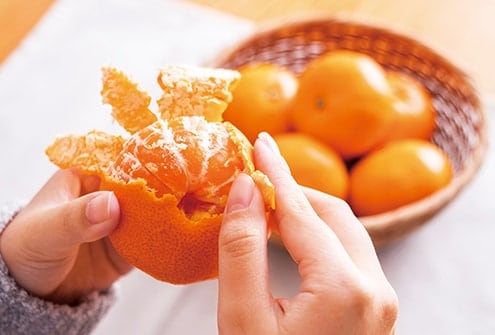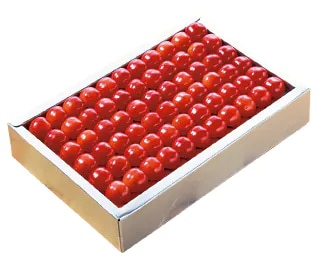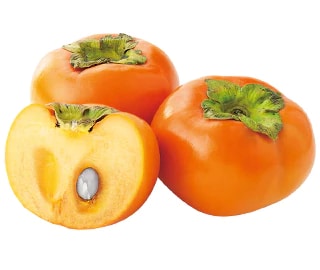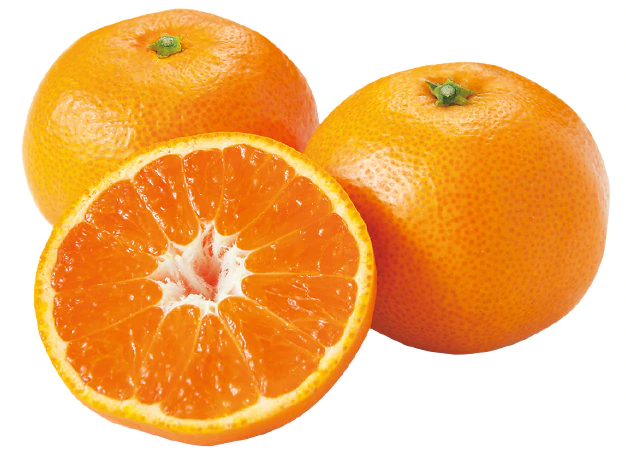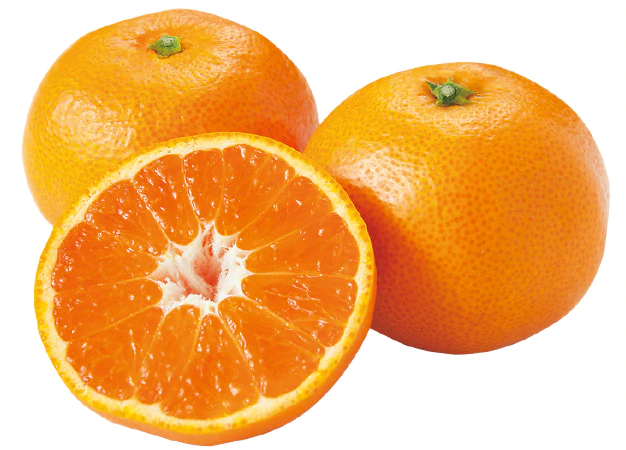
Japanese have long enjoyed fresh citrus fruit for dessert, including the small, sweet mandarin-style orange known as mikan. Mikan have been cultivated in Japan for centuries, evolving into today’s seedless and easy-to-peel unshu mikan, which currently holds the highest production volume among Japan’s many mikan varieties. Called satsuma in English, this type of mikan originated in Kagoshima Prefecture, known as the Satsuma Domain during Japan’s Edo period (1603-1867). Unshu mikan are rich in vitamin C and are eaten in the colder seasons; in fact, the cozy image of Japanese families eating bright orange mikan, seated around a table with heater and blanket (kotatsu), is a long-held winter tradition. Mikan remain a winter fruit, but new hybrids have been developed, and greenhouse cultivation in recent years allows for availability almost year-round. Not only eaten fresh, this palm-sized fruit can be frozen whole and served as a frosty treat. Mikan are also enjoyed in Japanese and Western confectionery, jams and sauces.
